Anecdotes of a priest with Saint John Paul II
The Pope of the new millennium
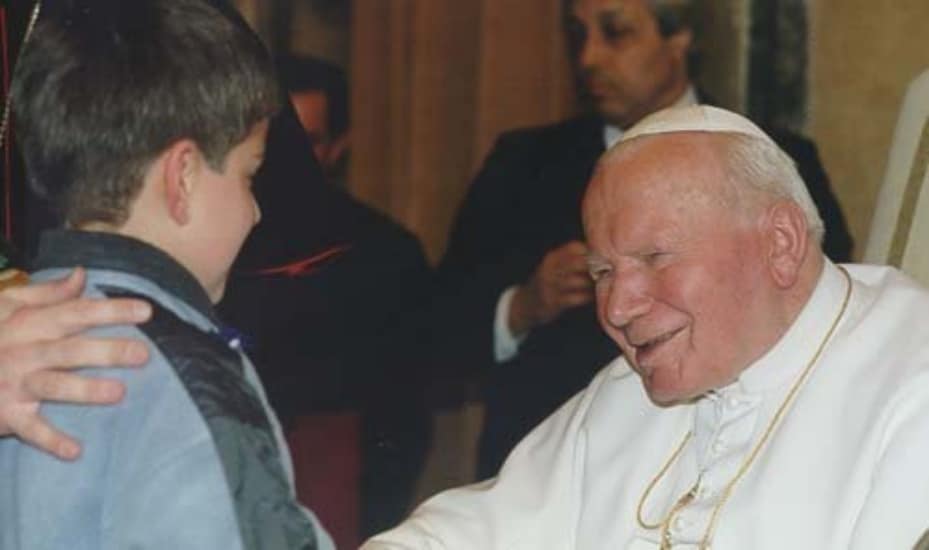
The priest D. Manuel González López de Lemus offers an article about Saint John Paul II, whom he defines as “the Pope of the new millennium”, and with whom he shares several anecdotes.
The celebration of the liturgical feast of Saint John Paul II: Karol Josef Wojtyla, which was his name before being Pope, brings to mind one of the great figures of the 20th century.
Born in Wadovice, Poland, on May 18, 1920. He was elected Roman Pontiff on October 16, 1978, his pontificate being the third longest in the history of the Catholic Church. He was in the See of Peter for almost 26 and a half years and died on April 2, 2005.
His pontificate has marked the life of the Church, preparing us to enter the 21st century, and reminding us of the need for a new evangelization. This pope, like our Lord Jesus Christ, was a sign of contradiction.
He suffered greatly, not only mentally and spiritually, but also physically. An attack in St. Peter’s Square could have ended his life. On the one hand, his youth was marked by suffering: his mother died when he was barely 9 years old. His sister Olga had died before he was born. His older brother Edmund, who was a doctor, died in 1932 from a disease when he treated a man of humble condition. Together with his father, Karol Wojtyla, he moved to Krakow to begin his studies at the Jagiellonian University. His father, a non-commissioned officer in the Polish army, died in 1941 during the occupation of Poland by Nazi Germany. Karol was barely 21 years old when he was left completely orphaned.
On the other hand, his country suffered the tyranny of two totalitarian regimes that tried to destroy and erase Poland from the map of Europe. First, there was the Nazi occupation of the country from 1939 to 1945, six years of terror suffered by the recently refounded Republic of Poland. And then, from almost the end of the Second World War, from 1945 to 1989, when the communist regime lost its hegemony over Poland. The Poles were able to survive all these atrocities thanks to their great faith in God, in their culture and traditions.
Saint John Paul II experienced first-hand the crisis of modernity caused by regimes that think that man alone, without God, can decide what is good and what is bad. In the same way, it is also possible to order that a certain group of people be annihilated. These abuses caused the crisis of modernity, which led to a degradation and pulverization of the dignity of the human person. Communism, Nazism and Fascism were ideologies that rejected God as Creator and the foundation for determining what is good and what is evil.
But Pope Wojtyla had to fight against modern manifestations, which also attacked the dignity of the person in free societies. Every time a human being was reduced to an object of manipulation, the fundamental right of each individual was pulverized. That is why, in his book Memory and Identity, he reminds us that the fall of these totalitarian ideologies has given way to other forms of extermination: such as the legal destruction of human lives conceived before birth, through abortion. There is also no lack of strong pressures on international organizations to alter the basic cell of society: the family, leaving it unprotected and weakening its foundations. In some places, the legalization of euthanasia has even been permitted, thus ending the lives of those who are not useful. The Polish pontiff has been a fighter, in all these fields, for the dignity of the human person. Principle that proceeds from the fact that all life is a bearer of the image of God, and as such is the subject of inalienable rights.
Thus, the Roman Pontiff has raised the need to discover another ideology of evil, perhaps more insidious and veiled, which tries to exploit even the rights of man against man and against the family. For all this, Saint John Paul II deserved the title of Pope of the family.
Personally, I would like to share some personal experiences that I had with Saint John Paul II. The first time I had the opportunity to see him was at a meeting of university students from around the world in Rome, during Holy Week in 1981. It was at a multitudinous meeting in the Paul VI hall during a general audience. I had been there a few years before, in 1974, when I saw Paul VI for the first and last time. I was very moved to see him in the gestatorial chair – a chair carried on shoulders by several men – but the closest I could get was about 50 meters.
In 1981, at the audience with St. John Paul II, we not only approached him, but we even touched him. It was crazy… I don’t know how we didn’t hurt him. On Easter Sunday, we had another meeting with him in the courtyard of San Damaso, just for university students. It was very interesting and funny. He made fun of us, and we told him things, we all raised our hands because we wanted to talk. I had never been so close to a pope.
A few months later, once I finished my degree in Medicine, which I combined with studies in Philosophy and Theology, I went to Rome to an international seminary. My intention was to finish my studies in Theology. They were almost two unforgettable years. During that time, I attended the Holy Mass he celebrated for university students during Advent and many times the Angelus he prayed from the windows of his apartment.
I soon learned that, if I wanted to see him up close, what I had to do was stand next to a mother with her baby. Saint John Paul II had a special attraction for mothers with their children. I rarely failed at this simple trick. Karol Wojtyla was truly the Pope of the family.
Before I finished my stay in Rome, around May 1983, I was asked if, since I had finished my studies, I was willing to be ordained a priest. I had already made it clear that I was willing, although I was passionate about medicine. When I answered yes, I was almost speechless when he told me that, if I had no objections, the ordination ceremony would be on June 12, the feast of Pentecost, the place would be St. Peter’s Basilica and the officiant would be the Pope…
The ceremony was indescribable, the closeness of John Paul II was impressive and everything, including the location, ineffable. There were two moments when the Pope, now a saint, approached me during the ceremony: the first was at the laying on of hands. There were about 72 candidates, distributed in several rows. I was at the beginning of the last one. The Pope was already looking a bit tired. But when he got to me, who was on my knees, he squeezed me so hard that I almost fell to the ground. I felt an enormous force passing through him.
The second is the embrace of peace. The celebrant is sitting on the chair, the candidate approaches, kneels in front of the Pope and opens his arms slightly in a gesture of receiving his. Once I had his hands on my arms, I looked at him and quietly asked if I could kiss his hand. He didn’t say anything, he remained silent, looked at me and with a mischievous face it seemed to me that he was saying: you don’t ask for that and hurry up before the master of ceremonies throws you out… Without hesitation, I approached him and kissed his hand, immediately they called my attention to make way for the next one.
After the ceremony, as is traditional, all those who have just been ordained take a photo with the Pope in front of Michelangelo’s Pietà. I couldn’t get close, since there were so many of us. But I knew that he would later greet those who had helped with the ceremony of acolytes and altar boys.
I took off my vestments as quickly as I could and approached him. I moved forward between two curtains and caught up with him when he was near the door where you could access the elevator that he took to go to his room. At that moment, a Swiss guard saw me and grabbed me by the arm and told me that I could not approach him. I called the Pope and told him that I was one of those who had just ordained him. He looked at me, smiled and made a gesture to approach me. At that moment, his secretary took him by the arm and did not let him go forward. He turned, looked at his face and made the gesture of continuing to advance towards where I was. What was my surprise when I saw that his secretary grabbed him by the arm and did not let him go forward. This second time, he turned and walked towards the elevator, leaving me heartbroken for having lost the opportunity to greet the Holy Father alone. However, that day I learned a great lesson that I will never forget: the Pope, who is the vicar of Christ on earth, also obeys, even if he feels like doing something else at the time.
D. Manuel González López de Lemus, priest.
YouTube: Fr. Manuel Gonzalez / Facebook: Emmanuel J. González
Instagram: @mitogonzalez2013 / Blog: Spiritual Considerations
Related
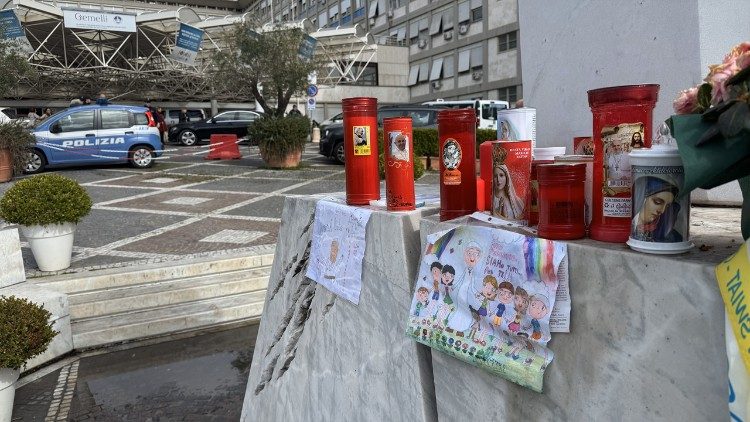
Pope Francis spent a peaceful night
Exaudi Staff
02 March, 2025
1 min
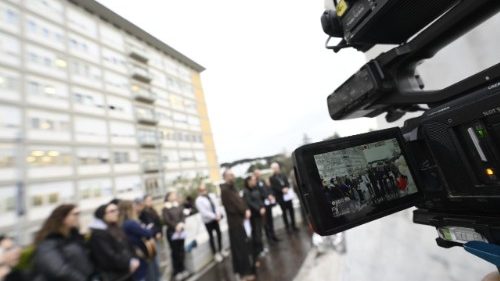
Pope Francis has had a peaceful night
Exaudi Staff
25 February, 2025
1 min
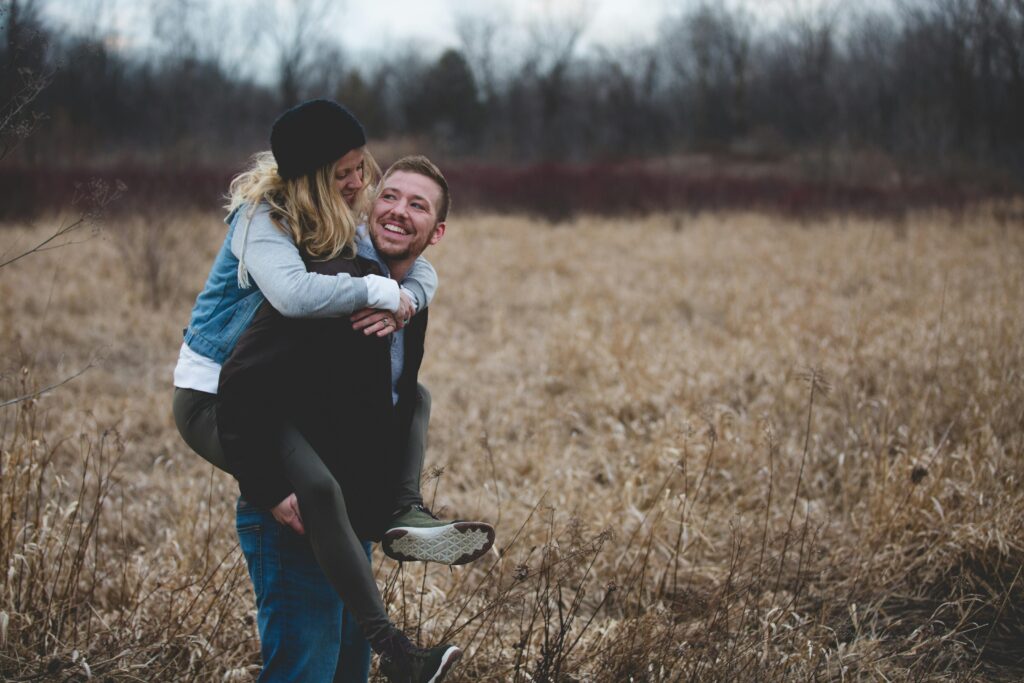
What should the boyfriend or girlfriend I should find be like?
Patricia Jiménez Ramírez
24 February, 2025
4 min
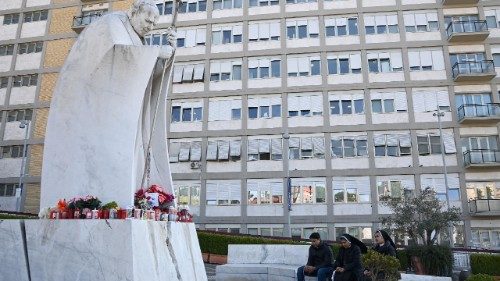
The Pope spent a quiet night at Gemelli
Exaudi Staff
23 February, 2025
1 min
 (EN)
(EN)
 (ES)
(ES)
 (IT)
(IT)

